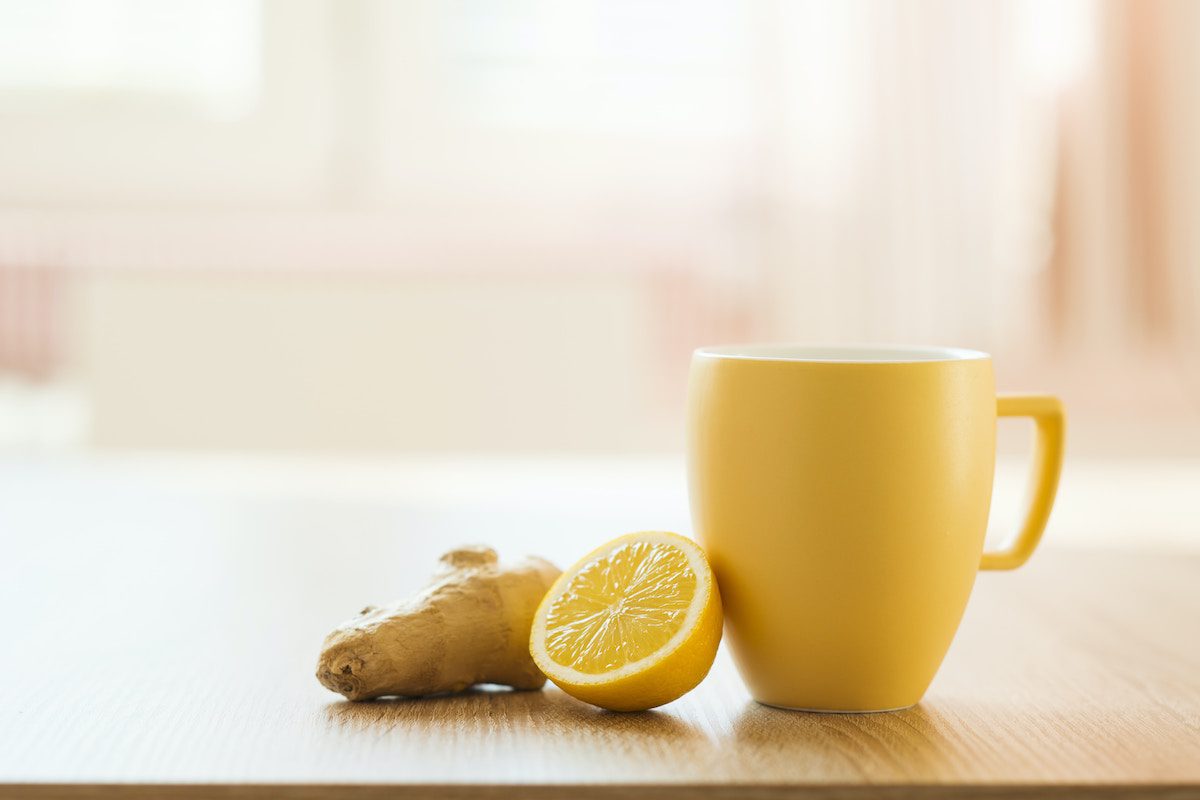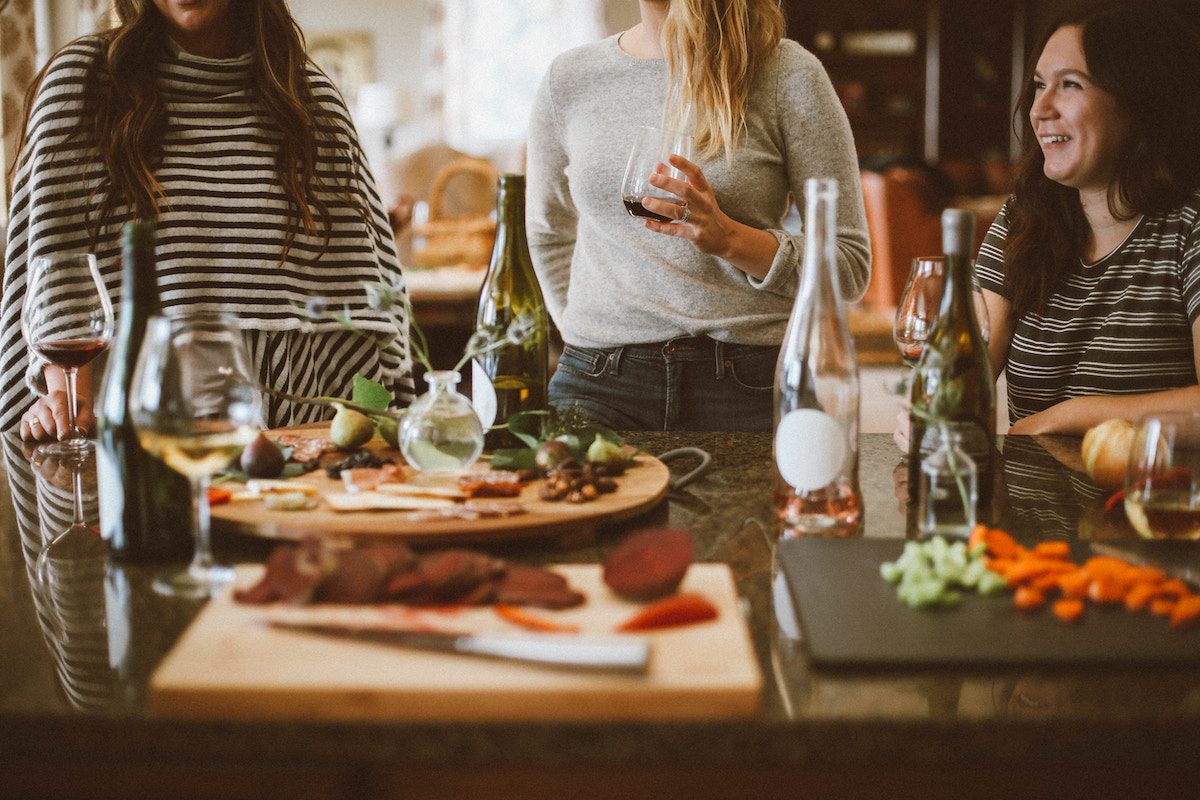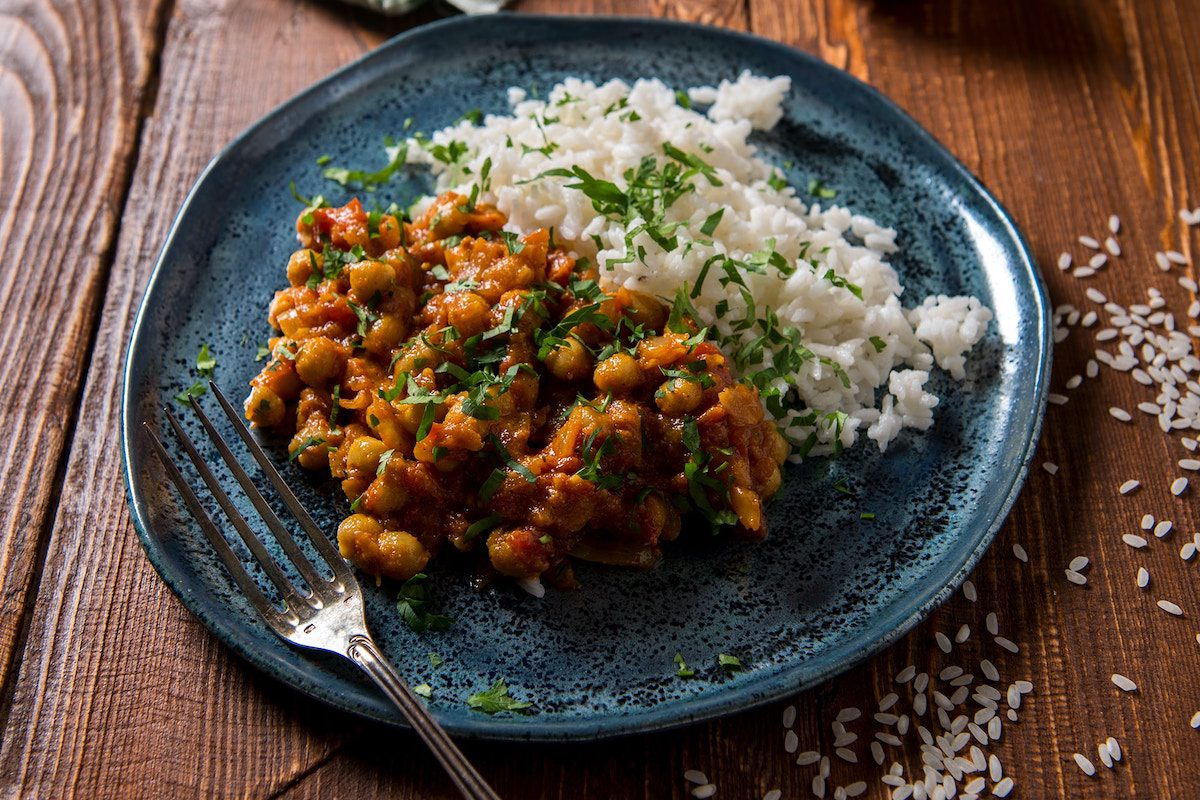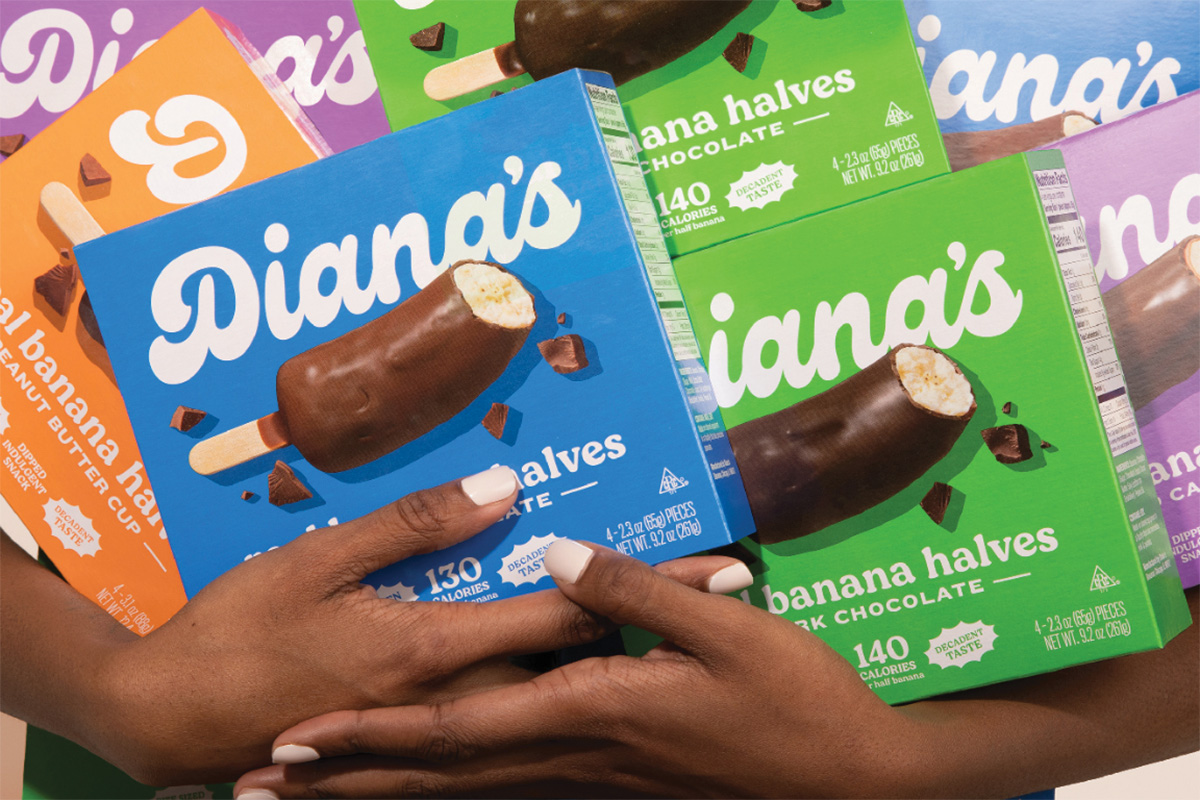What to Eat for Each Week of Your Cycle
Many of us have experienced food cravings either right before our period or during our period. Maybe even both. (Lucky us). But cravings aside, have you ever wondered what to eat on your period? Are there certain foods we should be eating during our periods? Most of all, what foods help with period cramps?
We plan our workouts around each week of our cycle, so why wouldn’t we plan our meals and snacks around our cycles to better support our bodies during each week of our own unique cycles? Read on to find out what to eat during your period and explore what foods help with period cramps.
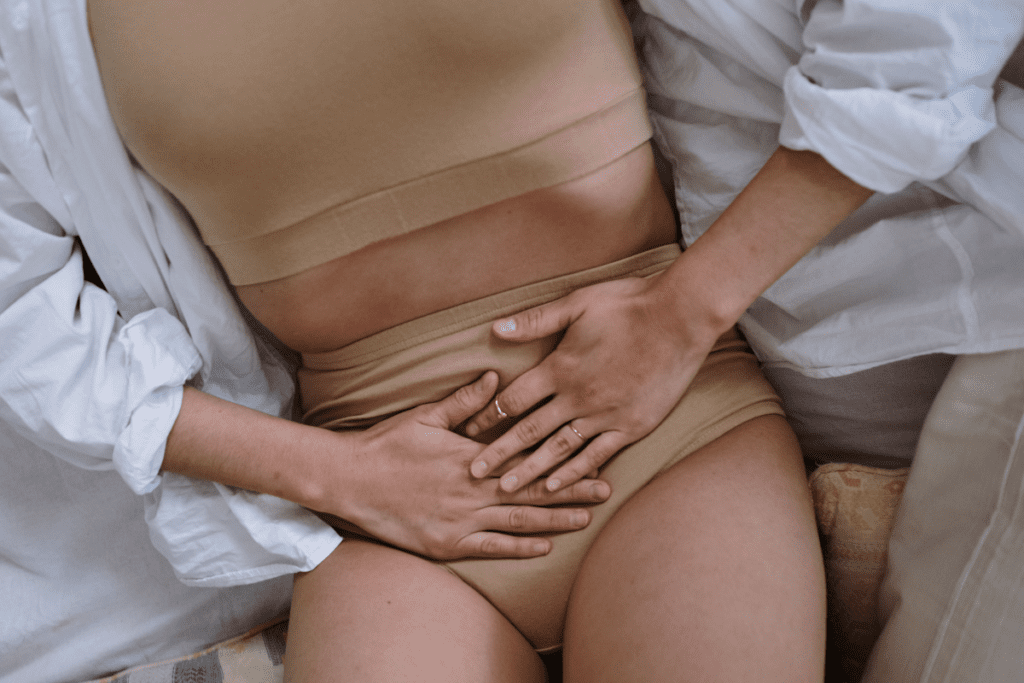
What to eat on your period
Follicular phase
The follicular phase accounts for the first half of the menstrual cycle. It begins on the first day of your period and continues for the next 10-17 days.
Allison Koch MS, RD, CSSD, LDN explains, “The follicular phase is considered the low-hormone phase of your cycle as your body realizes it is in the clear of the possibility of pregnancy.” During the follicular phase, the body has a rise in estrogen, so we want to eat foods that support estrogen production like flax seeds and pumpkin seeds.
Victoria Glass M.D., a practicing doctor with a focus on medical research, mentions we should incorporate fish, legumes, meat, nuts, plant-based protein, seeds, vegetables, and whole grains to help regulate estrogen levels, which is a dominant hormone during the follicular phase. It is also important to avoid foods that will dramatically increase blood sugar levels since the body is extra sensitive to insulin right now.
Ovulation phase
The ovulation phase occurs midway through our monthly cycles, occurring anywhere between 10-17 days of the follicular phase. Although you can get pregnant any time of your monthly cycle, the odds are higher during ovulation. This is a time when you may also be feeling extra frisky too. (Get it, girl).
During the ovulation phase, we want to incorporate raw foods like banana, citrus, fortified breakfast cereals, and some leafy green vegetables. Your body needs essential fatty acids, vitamin B, and zinc, and some of these foods are best eaten raw to enjoy the full nutritional benefits, explains Glass.
Luteal phase
The luteal phase begins at the start of ovulation and lasts roughly 14 days. This is the time when the body prepares for a potential pregnancy. This is also the time when many women experience PMS symptoms, like bloating, breakouts, cramps, food cravings, and mood swings. (Talk about the best part of the month, right?)
Koch says that during this time “higher estrogen levels reduce [the] body’s ability to burn carbs and increases its ability to burn fat, [which is why] why we crave carbs during PMS.” She also mentions that our metabolism increases 5-10% in the days before our periods, so it makes total sense why we are hungry all the time. She says, “Go ahead and have that cookie, serving of chips, [or that] chocolate bar. It is not going to make or break your diet—just remember to keep it in moderation.”
During the luteal phase, some women eat sesame and sunflower seeds to help support hormone health. Glass says we also want to increase our intake of foods such as avocado, broccoli, oats, potatoes, raspberries, and seeds. “These are all favorable choices because they support the nutritional demands of cellular growth and continual progesterone.”
We also want to remember to cook (or at the very least, warm up) our foods. According to Glass, “cold temperatures constrict and create a less favorable environment for cell growth.”
If you choose to work out during the luteal phase, Koch recommends focusing on high-quality protein before and after workouts. “That means something that contains a complete source of protein, with all of the nine essential amino acids present, ideally within 30 minutes of exercising.” Some ideal options include scrambled eggs with a piece of avocado toast, a smoothie made with almond milk, banana, and a whey-based protein powder, a turkey sandwich, or a yogurt with berries and granola.
Menstrual phase
Menstruation starts on the first day of your period. This is a physical marker that lasts about 4-7 days and lets us know that ovulation has ended. As the uterus sheds its nutrient-rich lining, estrogen and progesterone levels dip. As the body loses blood, it only makes sense that iron levels subsequently drop.
During your period, it is important to focus on mineral-rich foods that contain iron. Foods like beets, dark leafy greens and vegetables, legumes, red meat, seafood, and sea vegetables like kelp and seaweed are all great foods to eat during your period.
What foods help with period cramps
What foods help with period cramps? Magnesium-rich foods, of course! Some of our favorite foods that contain magnesium and can potentially help with period cramps include:
- Avocado
- Bananas
- Brazil nuts
- Bulgur
- Cashews
- Dark chocolate
- Leafy greens and vegetables including spinach
- Legumes
- Nuts
- Seeds, like hemp seeds and pumpkin seeds
These foods can help you chill out, improve sleep, and reduce cramps. Plus, they are delicious, so talk about a win-win.
Koch also recommends increasing consumption of Omega-3 Fatty Acid foods, foods like chia seeds, flax seeds, salmon, sardines, and walnuts, all of which may help to alleviate the severity of cramping, especially when consumed 5-7 days before the start of your period.
If you have really bad period cramps, Glass recommends beverages and foods that contain caffeine. “Caffeine contains a vasodilator that improves blood flow thus relieving menstrual cramps,” shares Glass. If you experience period cramps, include foods like dark chocolate, green tea, and soda, all in moderation of course.
During your period, you may just want to survive each day, but try to also focus on what is to come—the follicular phase. Now would also be a good time to start adding zinc-rich foods like dairy, eggs, legumes, meats, nuts, seeds, and whole grains to your diet to prepare you for a new cycle beginning with the follicular phase.
No matter what phase of the monthly cycle you find yourself in, Glass says it is important to prioritize water and staying well hydrated.
“Water helps a great deal in all menstrual phases and supports the process in each.”
Now that you know what to eat during your period and what foods help with period cramps, use this information to work with your body and your own unique cycle to better support your health and hormones, especially during your period.
If you are interested in learning more about your cycle and how to better support it, especially if you are a female athlete, Koch recommends the book Roar by Stacy Sims, Ph.D.







